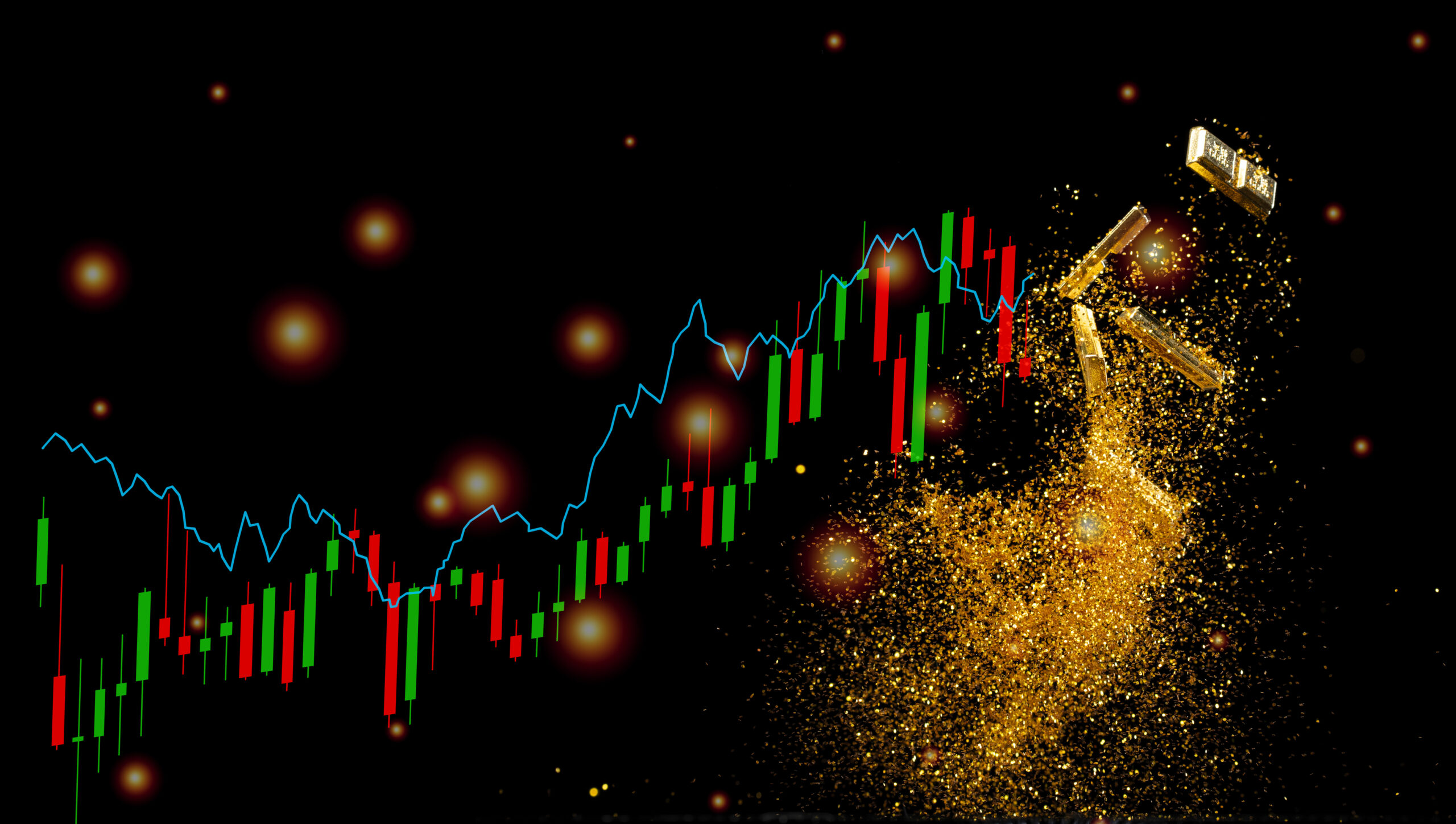Technical analysis is a critical tool for options traders, helping identify entry and exit points, trends, and reversals. Two of the most commonly used tools are trend lines and moving averages, but they serve different purposes and work best in different market conditions.
📌 In this post, we’ll cover:
✔ What trend lines and moving averages are.
✔ How to use them effectively in options trading.
✔ The pros and cons of each.
✔ When to use trend lines vs. moving averages for better trade setups.
What Are Trend Lines?
A trend line is a manually drawn line on a price chart that connects higher lows in an uptrend or lower highs in a downtrend. It helps traders visually identify support and resistance levels.
📌 How to Draw a Trend Line:
- Identify a clear trend (uptrend or downtrend).
- Connect at least two price points (preferably three for confirmation).
- Extend the line to project future price action.
💡 Example:
- Uptrend: Draw a trend line connecting higher lows.
- Downtrend: Draw a trend line connecting lower highs.
🔹 Best Used For: Identifying dynamic support and resistance levels and spotting potential trend reversals.
🔹 Options Trading Strategy:
- In an uptrend, buy bullish call options when the stock bounces off the trend line.
- In a downtrend, buy bearish put options when the price hits resistance on the trend line.
What Are Moving Averages?
A moving average (MA) is a technical indicator that smooths out price data by averaging a stock’s price over a set period. It helps traders identify trend direction and strength.
📌 Types of Moving Averages:
✅ Simple Moving Average (SMA) – A straightforward average of the closing prices over a specific period (e.g., 50-day SMA).
✅ Exponential Moving Average (EMA) – Gives more weight to recent prices, making it more responsive to new price action (10-day EMA reacts faster than a 50-day EMA).
💡 Common Moving Averages:
- Short-term: 10-day, 20-day EMA (used for swing trading).
- Medium-term: 50-day SMA (used for trend confirmation).
- Long-term: 200-day SMA (used to determine bull/bear markets).
🔹 Best Used For: Identifying trend direction, momentum, and crossover signals.
🔹 Options Trading Strategy:
- Bullish crossover: When a short-term MA crosses above a long-term MA, it signals a buy opportunity (Golden Cross).
- Bearish crossover: When a short-term MA crosses below a long-term MA, it signals a sell opportunity (Death Cross).
- Use moving averages as support or resistance to time options trades.
Key Differences Between Trend Lines and Moving Averages
| Feature | Trend Lines | Moving Averages |
| Type | Manually drawn | Automatically calculated |
| Function | Identifies support & resistance | Identifies trend direction |
| Flexibility | Customizable but subjective | Fixed based on time periods |
| Use Case | Works well in trending & ranging markets | Best for trending markets |
| Lag | Real-time | Can be delayed, especially SMAs |
| Trade Setup | Used for reversals & breakouts | Used for confirmation & crossovers |
📌 Trend Lines → Better for support & resistance trading.
📌 Moving Averages → Better for trend-following strategies.
When to Use Trend Lines vs. Moving Averages in Options Trading
1. Use Trend Lines When:
✅ Trading reversals or breakouts from key support/resistance.
✅ Price respects a diagonal trend line with multiple touches.
✅ You prefer manual control over drawing key levels.
✅ Trading credit spreads (selling options near support/resistance).
Example Setup:
- If a stock is bouncing off a trend line, sell a bull put spread below the support line.
2. Use Moving Averages When:
✅ Trading with the trend using crossovers.
✅ Needing objective, rule-based signals.
✅ Trading momentum stocks or long-term trends.
✅ Using long options strategies like buying calls or puts.
Example Setup:
- If a 10-day EMA crosses above the 50-day SMA, buy a bull call spread to capitalize on momentum.
Combining Trend Lines and Moving Averages for Stronger Trades
You don’t have to choose one or the other—combining both tools can improve your trade accuracy.
📌 Example:
- Use trend lines to find major support/resistance zones.
- Use moving averages to confirm the trend direction.
- Enter an options trade when both signals align.
💡 Trade Example:
- If a stock bounces off a trend line and the 50-day SMA is rising, it’s a strong bullish signal → Buy calls or a bull call spread.
- If a stock breaks a trend line and the 50-day SMA is declining, it’s a bearish confirmation → Buy puts or a bear put spread.
Final Thoughts: Which is Better?
✅ Trend lines are best for price action traders who prefer drawing key support/resistance levels.
✅ Moving averages are best for trend-followers who rely on objective signals.
✅ Using both together provides a powerful strategy to confirm trade setups.
By mastering both trend lines and moving averages, you can improve your options trading strategies and increase your probability of success in the market.
🚀 Which one do you use more—trend lines or moving averages? Let me know in the comments! 🎯📈
Disclaimer: This article is for educational purposes only and does not constitute financial advice. Always conduct your own research before making trading decisions.




0 Comments